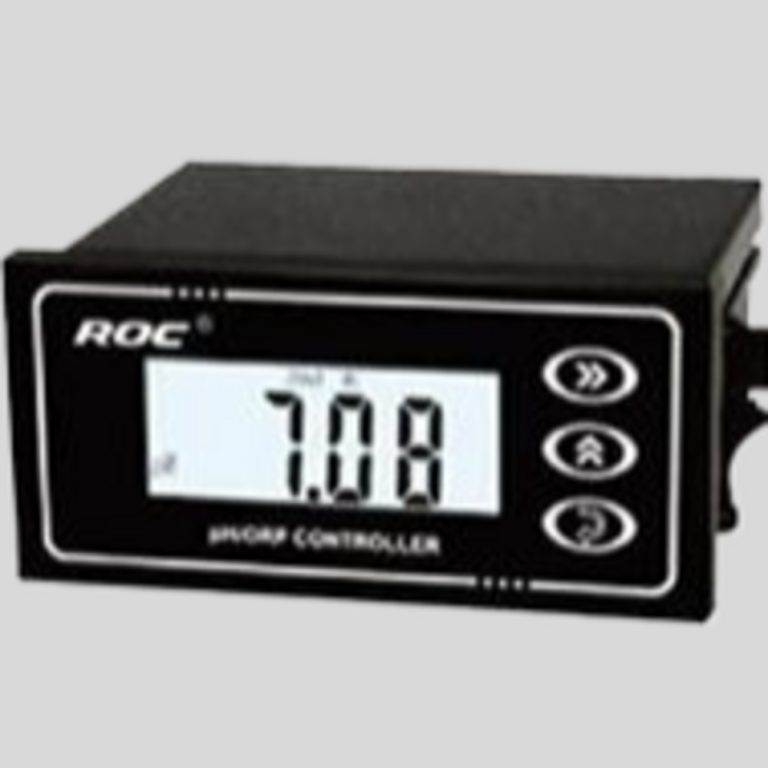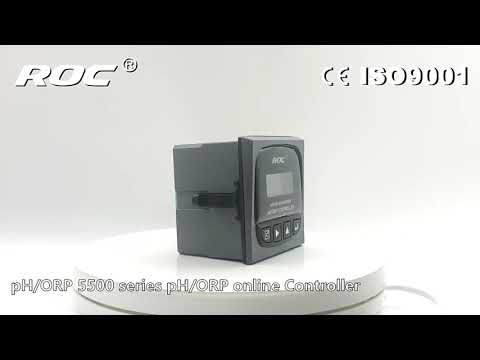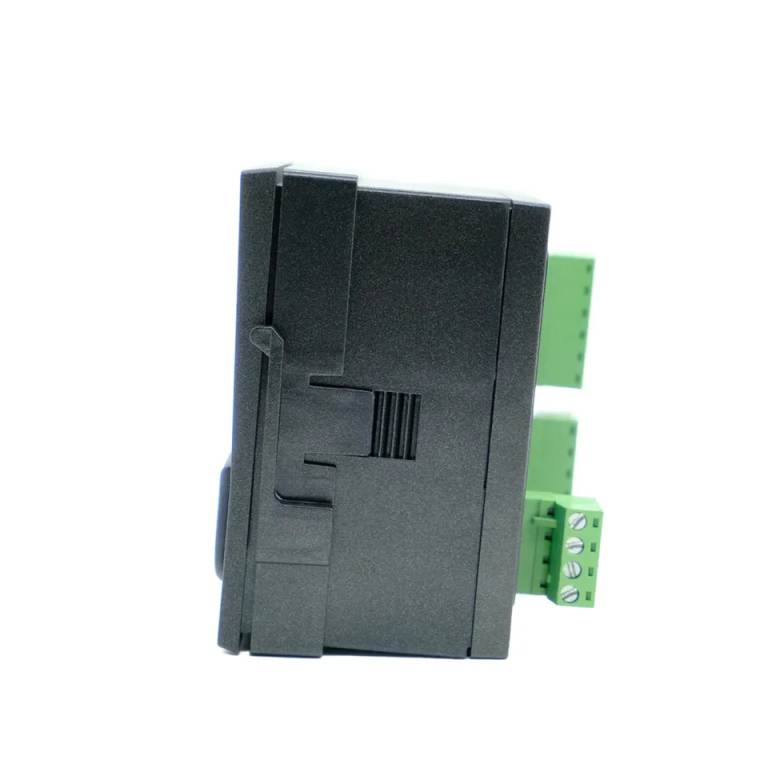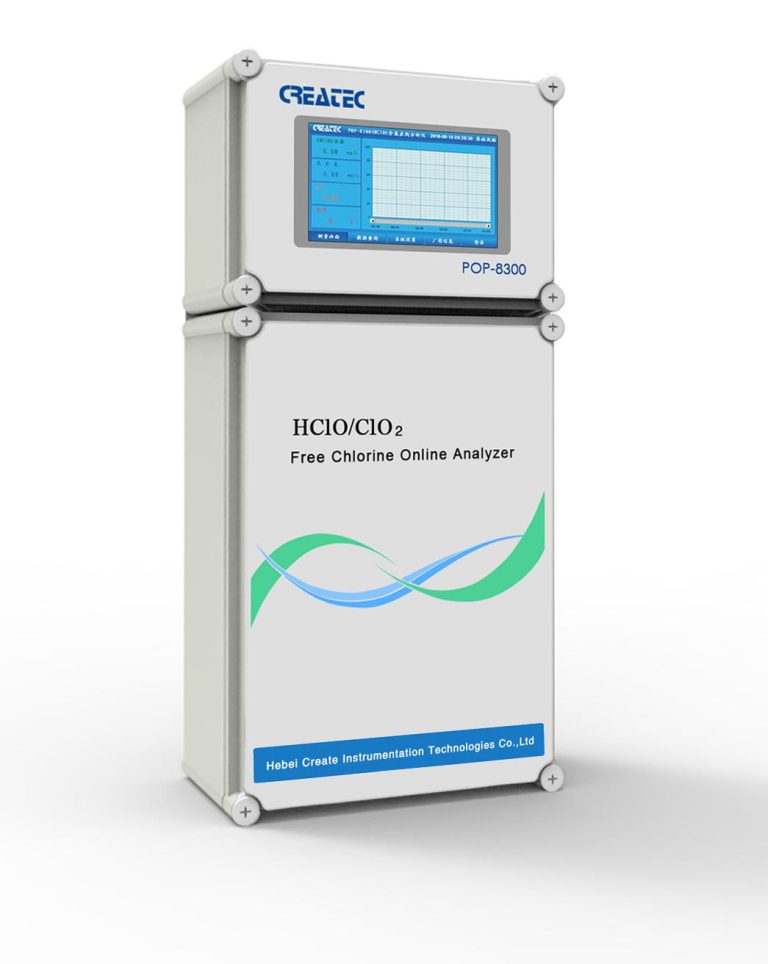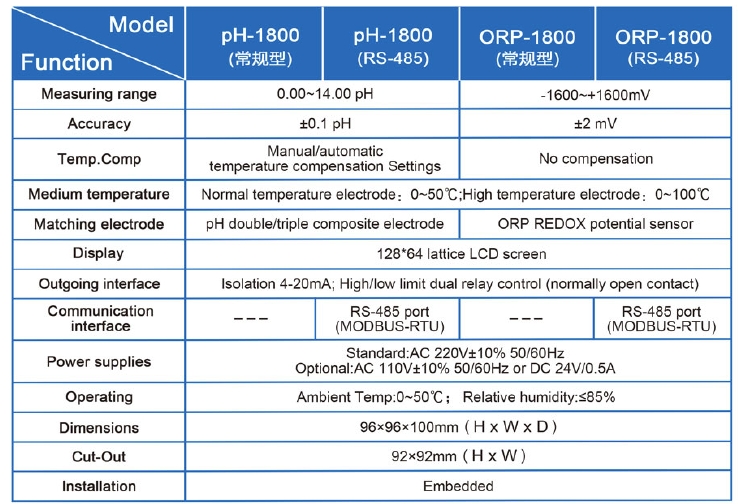Understanding the Principle of Conductivity Meters
Conductivity meters are widely used in various industries to measure the ability of a solution to conduct electricity. This measurement is crucial in determining the concentration of ions in a solution, which can provide valuable information about the quality and purity of the solution. Understanding the principle behind conductivity meters is essential for their proper use and interpretation of results.
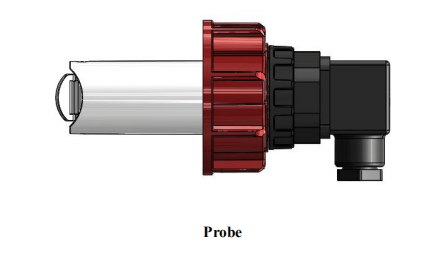
The principle of conductivity meters is based on the fact that ions in a solution can carry an electric current. When an electric field is applied to a solution, the ions will move towards the electrodes, creating a flow of electric current. The conductivity of the solution is directly proportional to the concentration of ions present in the solution. Therefore, by measuring the conductivity of a solution, one can determine the concentration of ions in the solution.
Conductivity meters typically consist of two electrodes that are immersed in the solution being tested. An alternating current is applied to the electrodes, and the resulting voltage drop across the electrodes is measured. The conductivity of the solution is then calculated based on the measured voltage drop and the known geometry of the electrodes.
| Model | EC-1800 online conductivity controller |
| Range | 0-2000/4000uS/cm 0-20/200mS/cm |
| 0-1000/2000PPM | |
| Accuracy | 1.5%, 2%, 3%(FS) |
| Temp. Comp. | Automatic temperature compensation based on 25\\u2103 |
| Oper. Temp. | Normal 0\\uff5e50\\u2103; High temp 0\\uff5e120\\u2103 |
| Sensor | C=0.1/1.0/10.0cm-1 |
| Display | 128*64 LCD Screen |
| Communication | 4-20mA output/2-10V/1-5V/RS485 |
| Output | High/Low limit dual relay control |
| Power | AC 220V\\u00b110% 50/60Hz or AC 110V\\u00b110% 50/60Hz or DC24V/0.5A |
| Working Environment | Ambient temperature:0\\uff5e50\\u2103 |
| Relative humidity\\u226485% | |
| Dimensions | 96\\u00d796\\u00d7100mm(H\\u00d7W\\u00d7L) |
| Hole Size | 92\\u00d792mm(H\\u00d7W) |
| Installation Mode | Embedded |
One of the key factors that influence the conductivity of a solution is the temperature. As the temperature of a solution increases, the mobility of ions also increases, leading to a higher conductivity. Therefore, it is important to take into account the temperature of the solution when measuring conductivity to ensure accurate results.
Another factor that can affect the conductivity of a solution is the presence of impurities or contaminants. These impurities can interfere with the movement of ions in the solution, leading to inaccurate conductivity measurements. It is important to properly prepare the solution being tested to ensure that it is free from any impurities that could affect the conductivity measurement.
Conductivity meters are commonly used in various industries, including water treatment, pharmaceuticals, and food and beverage production. In the water treatment industry, conductivity meters are used to monitor the quality of water and ensure that it meets regulatory standards. In the pharmaceutical industry, conductivity meters are used to monitor the purity of drug formulations. In the food and beverage industry, conductivity meters are used to monitor the quality of beverages and ensure that they meet quality standards.
In conclusion, conductivity meters are valuable tools for measuring the conductivity of solutions and determining the concentration of ions present in the solution. By understanding the principle behind conductivity meters and taking into account factors such as temperature and impurities, one can ensure accurate and reliable conductivity measurements. Conductivity meters play a crucial role in various industries, helping to ensure the quality and purity of products and processes.

